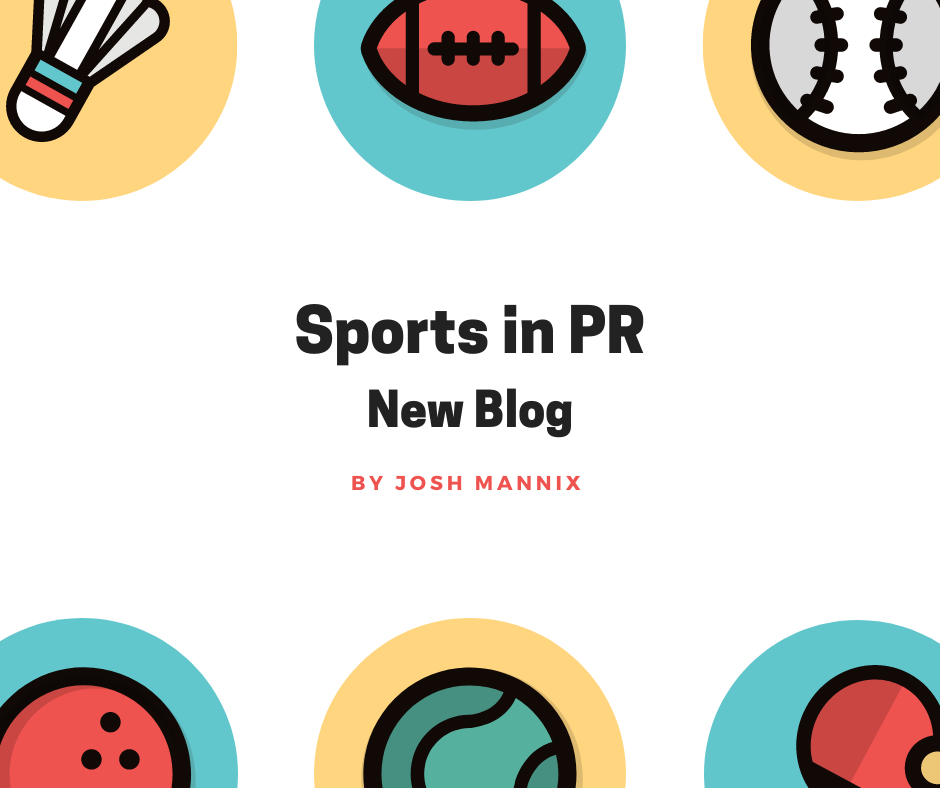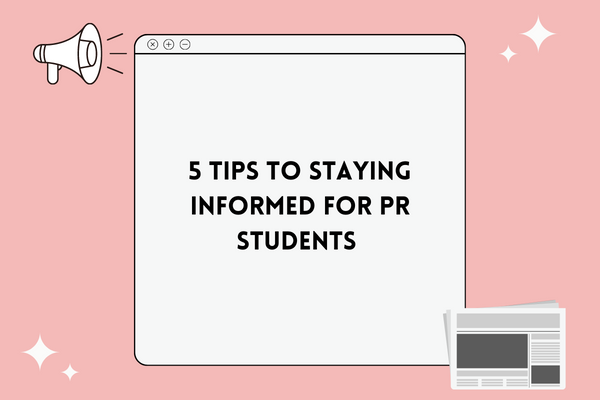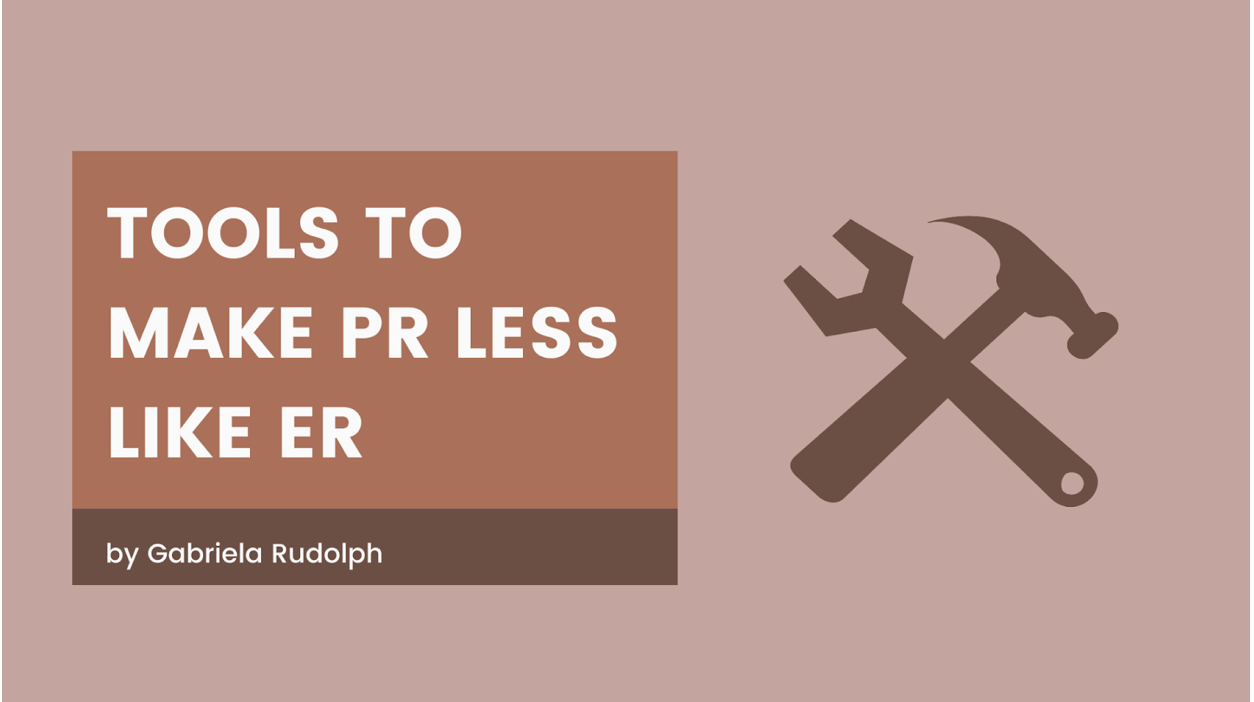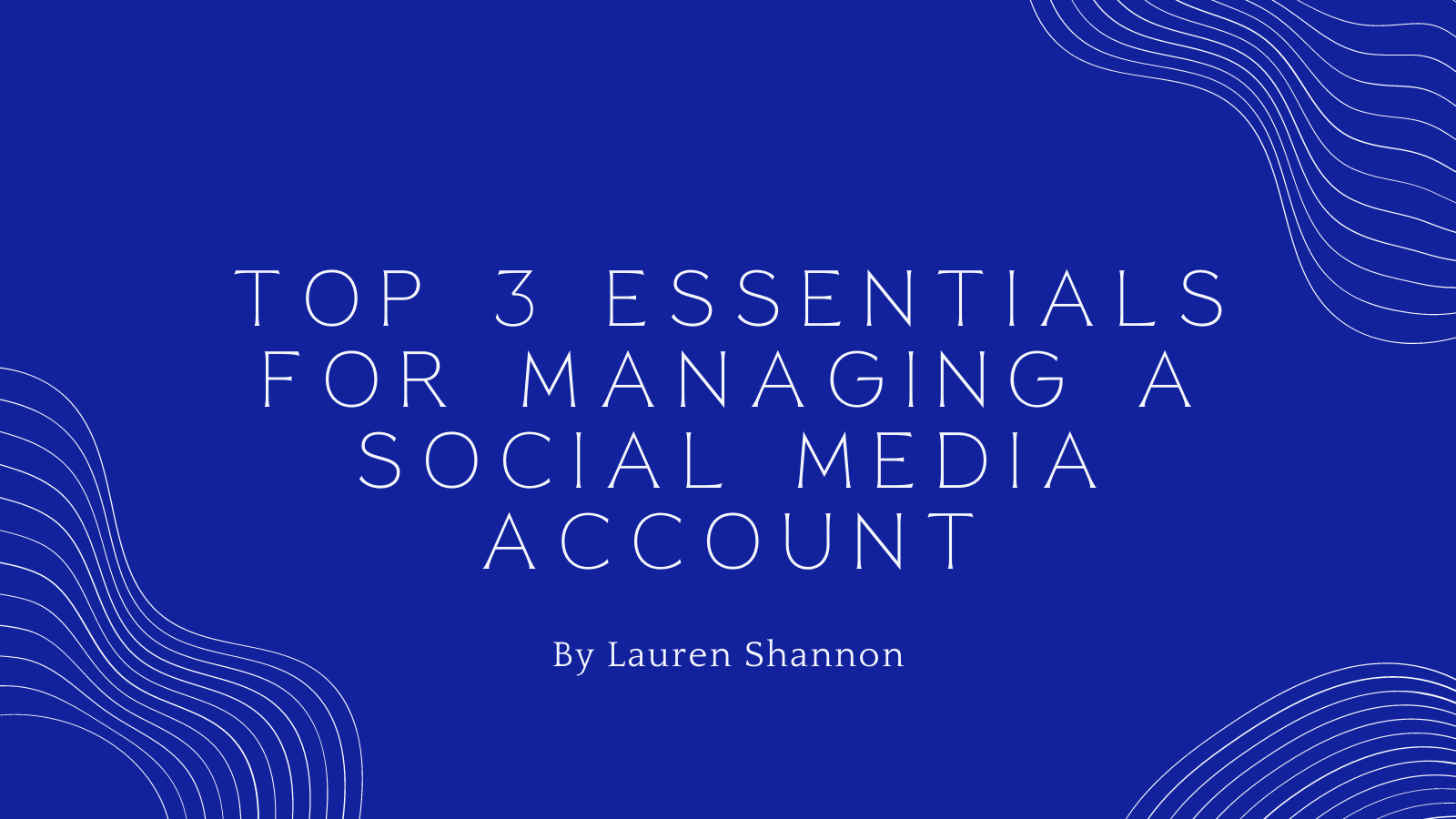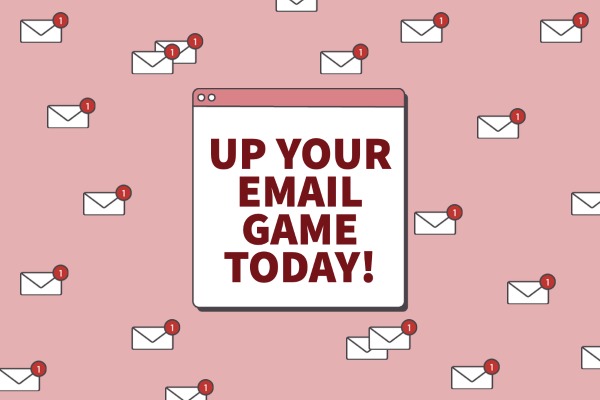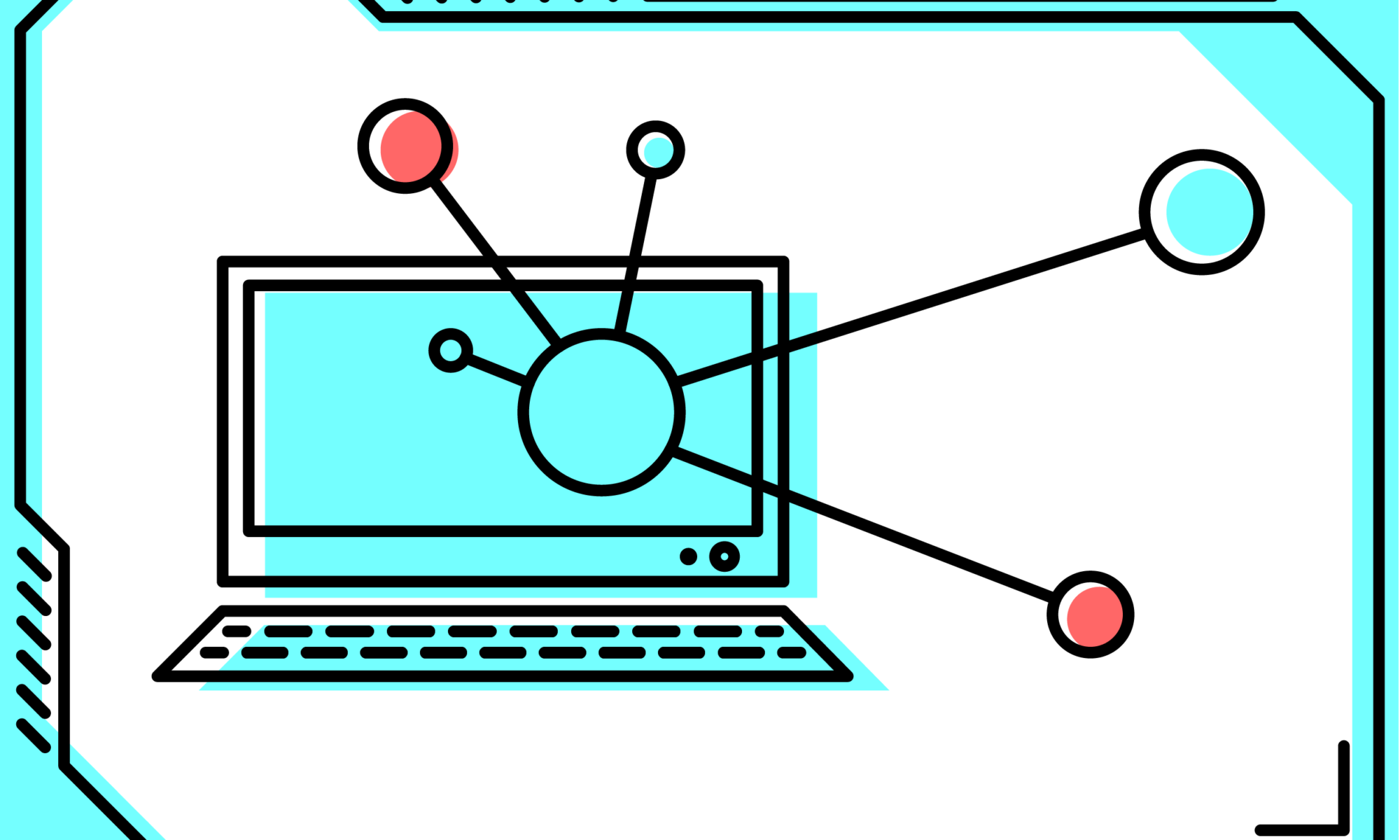By Josh Mannix
Public Relations within the sports industry has become an essential aspect of a team’s or athlete’s popularity amongst fans.
By getting athletes PR representation, they gain immeasurable benefits in their own personal brand. PR gives athletes the inside track with reporters as well as brand deals and other opportunities.
PR is essential for teams as it attracts loyal fans for generations through commercials, icons, mascots and more. Even when a team is rebuilding its roster, good PR will keep the fan base patient and reassure their trust in the organization. However, bad PR can have the opposite effect on both players and teams.
Here are four examples of sports PR that helped players, teams and brands successfully market themselves to the public in unique,effective ways:
- Nike and Serena Williams
Nike and Serena Williams are one of the best examples of a mutually beneficial PR partnership that has been wildly successful for decades. Serena Williams is a world-class athlete and Nike is an internationally recognizable brand – together they are a force to be reckoned with.
Nike has used Serena’s likeness in countless ads since she first signed with them at age 21. In turn, she has become not only an icon on the court but a fashion icon off of it thanks to her popular line of clothing with the brand.
- Lebron James “The Decision”
In 2010 Lebron James was a free agent for the first time in his career. Rather than make his decision in private like every other player has done he decided to make his decision into a hour long TV special on ESPN. While this was already a questionable decision he would also be announcing that he would be leaving his hometown team for Miami.
The reaction to this from fans all over the country was not good to say the least. It was particularly bad in his home state of Ohio as not only were they losing the best athlete to ever play in Ohio but they were also forced to watch an hour long special about it. James’ decision would turn him into a villain throughout the league for the next few years until ultimately returning back to Ohio and restoring his reputation.
LeBron James Makes His Decision: Miami
“PR is essential for teams as it attracts loyal fans for generations through commercials, icons, mascots and more.”
- Savannah Bananas
While the Savannah Banana baseball team has no affiliation with any professional baseball organization, they have made waves with their social media use. Before their exhibition games, the team will dance, do stunts and entertain before pitches or in the middle of a play. This has never been seen before in the league.
Their energy has made them a force on social media with over 1 million followers on Instagram. Meanwhile, professional teams like the San Francisco Giants only have around 400,000 more followers! Even more impressive, minor league baseball teams like the Sacramento River Cats can’t even break 60,000 followers.
- Under Armor Micheal Phelps “Rule Yourself”
The Michael Phelps “Rule Yourself” campaign is a great example of how you can strike an emotional chord with sports PR. Phelps, widely considered the best swimmer in history and the most decorated Olympic athlete of all time, was gearing up for his last Olympics in 2016.he melancholy music mixed with the realistic training they showed in his ad helped his image feel authentic.
The ad was effective with tests showing that it did strike an emotional chord with young men ages 18-35, a difficult demographic to connect with . This also began a successful series for Under Armor as appearances from other athletes like Steph Curry and Tom Brady were represented.
Michael Phelps Rule Yourself Ad
- Cincinnati Reds Owner Opening Day Comments
This story is a perfect example of what not to do when the team you own is going through a painstaking rebuilding process. The Reds are one of major league baseball’s oldest and most successful franchises however in the past few years they have been struggling greatly. When the owner was interviewed last April about what fans should do during this difficult time he replied with “Are you going to abandon being a Reds fan? Are you going to abandon following this team?”
This was one of the worst ways he could have answered this question as for many fans their reaction was to do just what he challenged them to do. PR in sports is unique due to the emotional connection many fans have with their team and when someone is obviously taking advantage of that fans notice.
Article on Reds owner after statements
- Buffalo Bills Instagram
While past brands tried to keep a strong, stoic and serious identity, the Buffalo Bills decided to embrace what many people would describe as ‘meme culture’ on their social media accounts.
The team would follow wins with videos of merged game moments and interviews to refresh the attention to their work.. While the videos didn’t always make sense, they were often received to the public’s delight. They were reposted over similar social media platforms and eventually led to other teams copying their format.


